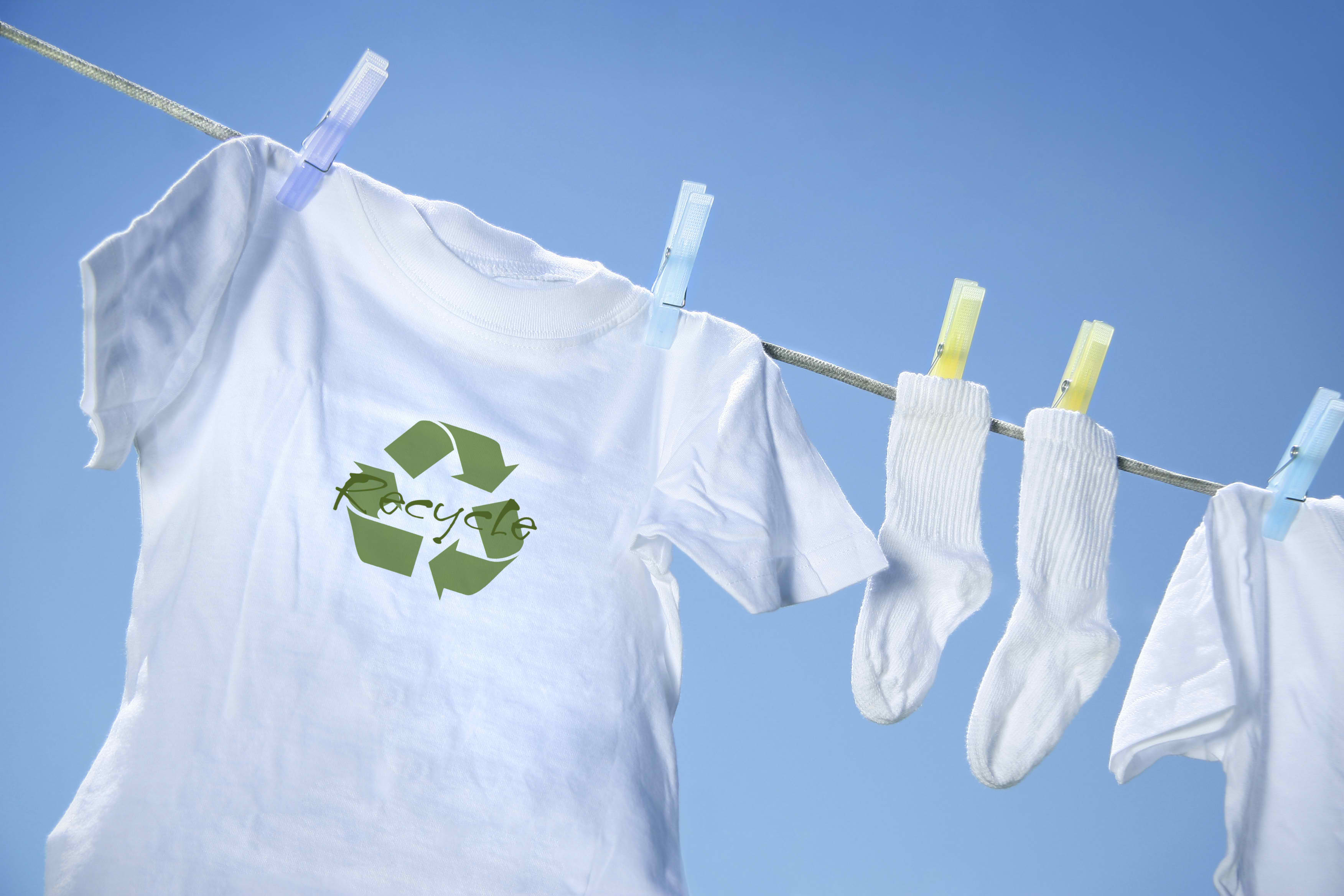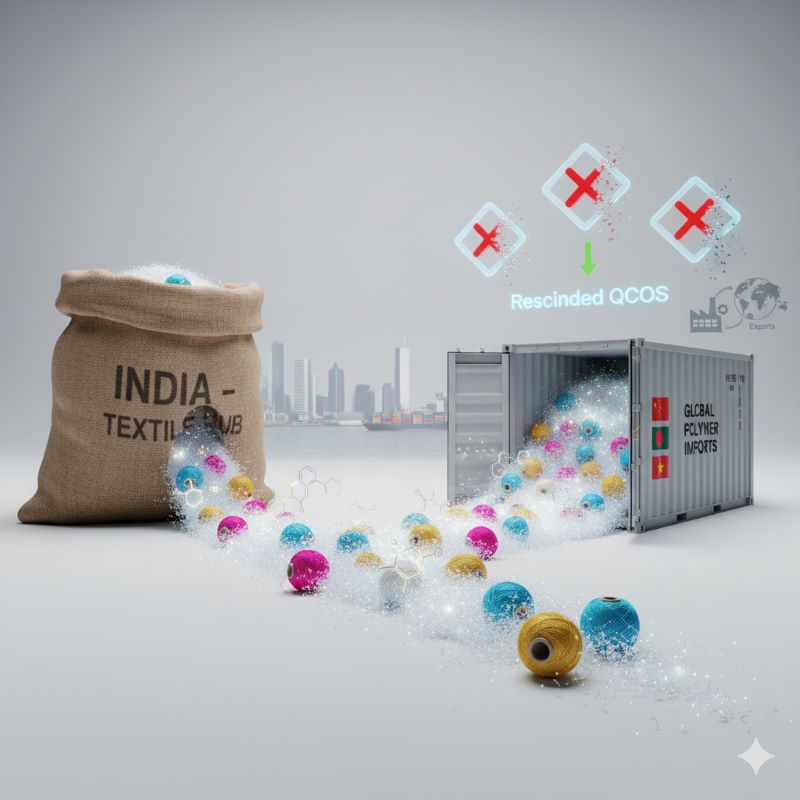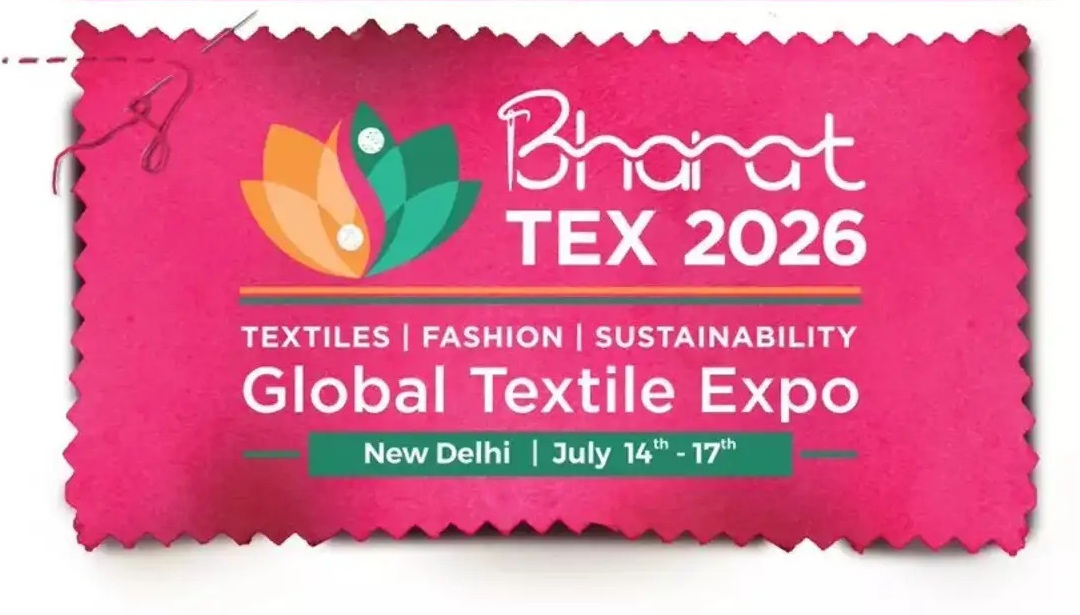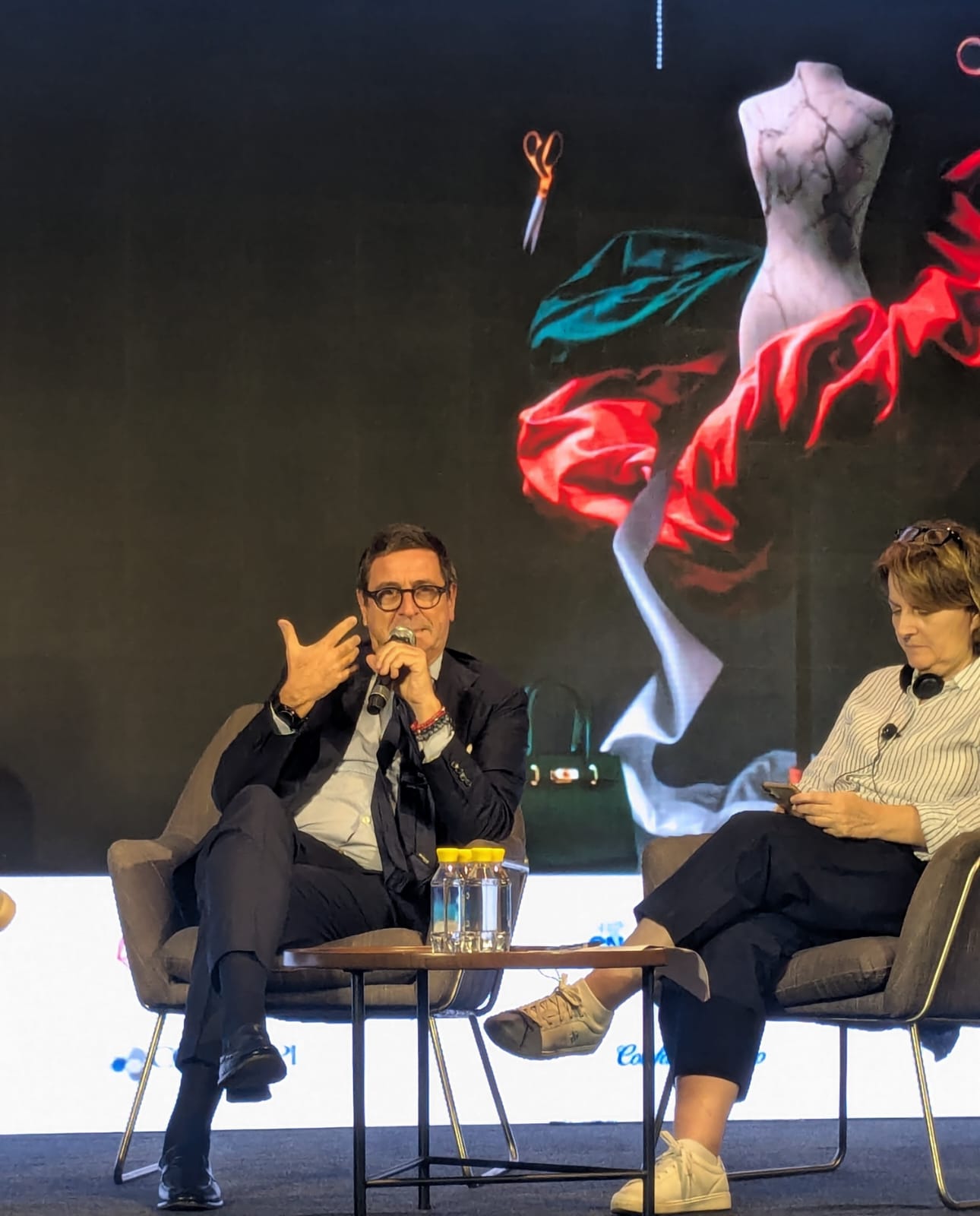FW
Industrial Fabrics Association International (IFAI) is the world’s leading and longest-running specialty fabrics trade organisation since 1912. It has more than 1,500 member companies located in 55 countries. IFAI publishes market-specific magazines and organises global industry events.
Industrial Fabrics Association International announced the winners of the 2015 International Achievement Awards on October 8, 2015, at IFAI Expo 2015, the largest specialty fabrics trade show in the Americas, held this year in California. The awards aim to inspire companies around the globe to develop innovative products and processes, sharing their stories from concept to completion.
For more than six decades, the IFAI-sponsored competition has recognized excellence in design and innovation, highlighting craftsmanship in the specialty fabrics and technical textiles industry. The goal is to promote awareness of specialty fabrics used in thousands of products and applications in the growing130 billion dollar global fabrics marketplace.
IFAI received 292 entries from 11 countries that were submitted in 32 categories. Winners were selected based on complexity, design, workmanship, uniqueness and function. Judges included industry experts, editors, architects, educators and design professionals. IFAI is a not-for-profit trade association with more than 1500 member companies representing the international specialty fabrics and technical textiles marketplace.
www.ifai.com
China’s cotton imports for 2015/16 are forecast to fall for the fifth consecutive year. This brings forecast imports below 2008/09 levels, the last year before Chinaʼs aggressive reserve accumulation policy kicked in. India and Australia were the prime beneficiaries of rising imports through 2011/12.
India and Australia maintained robust market shares in 2013/14 as Chinaʼs imports began to fall, but saw their exports to China drop sharply in 2014/15. India’s exports fell due to quality and price considerations and Australia’s exports fell due to reduced supplies. Although total Chinese imports fell by almost half last year, US exports to China fell only marginally, leading to strong growth in the US market share.
It remains to be seen if the US market share can continue to increase enough to maintain US export volume to an even smaller market in 2015/16. Global import demand in 2015/16 is expected to decline as the fall in import demand by China more than offsets growing import demand in the rest of the world.
With 2015/16 beginning stocks outside of China at record levels, this suggests that exporting countries will need to compete aggressively in alternative markets such as Vietnam and Bangladesh in order to avoid further accumulation of stocks.
Textile and fashion products made in Europe are renowned for their creativity, innovation, quality and increasingly the environmental and social responsibility with which they are produced. Constant improvement in materials, production processes and supply chain management can further optimise the sustainability performance of the European textile and clothing industry.
However to achieve real step-changes in material circularity, resource-efficient manufacturing and smart on-demand business operations, radically new concepts, technologies and business models are required. So a conference has been organised by the European Technology Platform on October 28,2015 to deliberate over ‘Innovating for Sustainability in European Textiles and Clothing’, at Husa President Park Hotel in Brussels.
European thought leaders will speak on textile sustainability of the 21st century. Attendees will also get to discover industry innovators and technology disruptors working already on the sustainability solutions of tomorrow and learn about tools and solutions that EU initiatives bring to the industry across Europe.
They can also understand how digitisation and material circularity can enable entirely new market approaches and business models. Representatives from the entire European fibres, textile and clothing value chain, from research and technology organisations, industry federations, consulting and service companies as well as policy makers and the media are expected to attend the event. It will be followed by EU research and innovation funding seminar and project brokerage event on October 29, 2015 at the same venue.
www.euratex.eu


13 million tons of clothes per year are thrown away by the US alone and conditions in clothing factories worldwide are often poor. A case in point is the Rana Plaza collapse which showed the human impact of an industry largely built on outsourced, low-paid labour. Over 150 billion items of clothing per year are produced by the industry, which is enough to provide 20 new garments to every human on the planet. Therefore, one can imagine that addressing the impacts is difficult.
A trend-driven industry
Quite fickle and driven by trends, no product solution in fashion stays in the market for long and even the economics of fashion are limiting. Decision-makers are invariably driven toward cheaper options as per-item profit in the industry is as low as 4 per cent. Thus, the question is, how can the industry truly transform itself?
The Future Fabrics Expo, an exhibition at London’s Olympia exhibition centre recently, attempted to provide answers to this dilemma and showed some practical steps being taken to stimulate change.
A limited range of manufacturing materials makes sustainable clothing unsuitable for markets with fast product turnover is one of the accusations made at ethical fashion and by association, sustainable products in general. Essentially, they would go out of fashion too quickly. This perception was challenged by the Future Fabrics Expo. Developed by not-for-profit organisation, The Sustainable Angle the exhibition showcased over 1,500 ethically and sustainably produced materials, from luxury haute-couture fabrics to specialised textiles for sportswear and upholstery. Fabrics were derived from diverse crops such as tree bark, pineapple leaves and mushrooms, or created from industrial by-products or special polymers intended for fully closed-loop recycling.
Since, this is a trend-driven industry, products are updated or replaced quite frequently and Future Fabrics highlighted the sheer range of sustainable solutions available on the global market today. It demonstrated that the pace of innovation in sustainable technology is reaching a point where it can comfortably keep up with consumer demand.
Is it viable for production costs? Production costs
mean everything in high-volume, low-cost fashion. And, this can be an uphill task for sustainable practices to compete with their budget alternatives. Thus, the question is, whether ethical manufacture is viable in highly competitive markets with low profit margins. Tamsin Lejeune, Founder of the Ethical Fashion Forum, believes this. She disputed the idea that ethical business practices must necessarily hurt revenues, while speaking at a Fashion SVP seminar session chaired by Oliver Horton.
She illustrated how striving to meet 100 sustainable and ethical goals had already fetched Marks & Spencer benefits worth £625 million. She was using the company’s recently extended Plan A initiative. She said that every business needed and efficient supply chain and it can’t be efficient if it’s damaging the environment through wasteful manufacturing processes.
Besides, she also mentioned M&S’ partnership with ethical labour project Better Work, and explained how investment in sustainability could generate greater returns for the business. Lejeune stated that there was evidence that raising wages for garment workers increases productivity.
She concluded by mentioning that sustainable business values are now resonating with consumers increasingly.
www.ethicalfashionforum.com
The textile printing industry represents 30 billion yards of material volume on an annual basis worldwide. However after a decade of advances in digital printing technologies for textiles, only two per cent of the world’s printed textiles are produced digitally.
There is a growing demand for a greater variety of colours and designs at quicker turnaround cycles. Textile designers are rethinking their approach to production and manufacturing of textiles. Digital textile production is becoming the cost-effective choice for brands. Digital printing on textiles is done today mainly on polyester fabrics using dye sublimation.
Digital printing is a relatively new technology in the textile market. It has dual applications in printing, acting both as a sampling and as a production tool. In sampling, digital printing offers immediate results, provides tremendous flexibility in design and coloration while saving time and money. As a production tool it helps in minimising inventory waste as there is no discharge of dyes and chemicals, reducing downtimes, and cutting costs and providing the option of mass customisation.
The three-day 41st edition of India Knit Fair was held in Tirupur recently. The fair showcased the autumn/winter and summer collections of apparels made by Indian manufacturers.
Organised by Apparel Export Promotion Council, Tirupur Exporters’ Association, and India Knit Fair Association, T-shirts, night wears, formal wears, sports wears and other garments of 50 manufacturers were on display at the fair.
A significant section of exporters in the Tirupur knitwear cluster felt that with the changing business scenario, the fair too should undergo changes, though it was being held twice a year for the past 20 years.
G R Senthilvel, Secretary of Tirupur Exporters and Manufacturers Association feels that the traditional way of putting stalls and expecting serious buyers to walk in was getting lesser popular worldwide. So, the organisers need to explore innovative methods such as inviting global apparel sourcing companies/groups for their super market chains and niche markets, to the fair so that Indian manufacturers could benefit by their participation, he adds.
A veteran exporter and Chairman of Confederation of Indian Industry (Tirupur district council), M Veluswami agreed with Senthilvel and felt that the event needed to undergo change in its outlook as lesser number of ‘serious buyers’ were visiting the fair. He stated that better marketing of the event abroad and inviting buyers directly instead of waiting for them to come was needed.
www.indiaknitfair.com
An attack of whitefly has devastated the cotton crop in north India. Yields have fallen sharply, with allegedly spurious pesticides worsening the situation, even sparking farmer suicides.
Whitefly is a plant-sucking pest. It has damaged most of the cotton crop in Punjab and to a large extent in Haryana. The crop loss due to this is estimated at 40 to 50 per cent of the total.
Punjab and Haryana together produce 4 to 4.5 million bales a year. However, compared to a 800 kg hectare yield in Punjab during 2013-14, it fell to 528 kg last year. Similarly, the yield in Haryana fell from 761 kg a hectare to 665 kg a hectare.
Erratic weather played a crucial role in the growth of the whitefly. If the temperature had been lower in the winter, it would have kept the incidence down, as ground frost helps to break the whitefly’s life cycle. The situation has brought to light the need for an improved variety of genetically modified (Bt) cotton. Farmers have been advised to sow a combination of indigenous narma, hybrid and Bt cotton, as this can help curb the spread of pests.
Punjab has announced a relief package of Rs 600 crores for farmers affected but farmers say this would amount to about Rs 8,000 an acre, against their actual cost of Rs 15,000 to Rs 20,000 an acre.
In 2010, during massive job losses, the clothing and textile industry was saved by it, claims the African National Congress (ANC) and they can do this even for other sectors, it further state.
Clothing and textile workers union, South African Clothing and Textile Workers Union (SACTWU) says the industry has stabilised and at least 2,400 jobs have been created in 2014 alone. This despite an estimated 100,000 job losses in the sector between 2003 and 2011.
In Cape Town, hundreds of people joined the Congress of South African Trade Unions (Cosatu) march against job losses and retrenchments recently.
The ANC said that it saw what happens when the government comes together and they saved the textile and clothing industry and that they would ensure that jobs were protected.
Faeiz Jacobs of the African National Congress (ANC) says that the clothing and textile industry was suffering, the ANC stepped in and saved thousands of jobs. He added that at the party’s upcoming National General Council (NGC), Cosatu’s demands and grievances will be discussed.
However, Khalid Sayed, the ANC Youth League’s leader is sceptical and feels that the NGC must not be only a ‘talk shop’. www.anc.org.za
In 2016, the US apparel and footwear industry is expected to grow by three to five per cent. The strong US dollar will continue to have negative foreign currency translation effects on the industry’s gross profits for the rest of this year. Next year, provided foreign exchange rates stay the same, companies will experience a roughly 40 basis point drop in operating margins because of higher sourcing costs at current exchange rates.
Apparel companies will continue to benefit from low cotton and oil prices this year, which could help the industry’s operating margins. Sales for department stores have fallen 24 per cent since 2002 and more and more apparel companies are realigning their focus and growing their online and direct-to-consumer offerings.
Apparel companies, particularly big names like Nike, Ralph Lauren, VF Corp and PVH, are expected to grow sales and expand operating margins through their organic growth initiatives. Nike, VF Corp and Hanesbrands have been the primary revenue and income growth drivers for the apparel sector this year, and they all sell athletic apparel, which points to the continued trend toward athleisure-focused sales.
E-commerce sales in the apparel sector may grow 14.2 per cent next year and online penetration will reach 16 per cent of total sales.
www.nike.com
Ajit Desai, Managing Director, Kariba Textiles said that due to the rise in cost of imported raw materials as a result of continued depreciation of the Kwacha, textiles manufacturing companies are becoming expensive to operate in Zambia.
The materials required to manufacture blankets, he said, which are acrylic yarn and fibre, are not manufactured locally, which makes production of blankets costly in Zambia. He also urged other investors recently, to consider yarn manufacturing, especially since many farmers grow cotton, in turn helping to reduce the cost of producing blankets.
Only one textile company is operating in the country for some time, he added, as investors are scared to explore the textile sector as it is expensive to import raw materials and the Kwacha is not competing favourably against other major currencies. Desai said that because the blankets are sold in the local unit yet the raw materials are bought in foreign currency, the weakened Kwacha was affecting the operations.
Desai further stated that they import the raw materials on credit, which are quoted in foreign currencies, and after the blankets are manufactured, they are sold in Kwacha. However, the challenge is, paying back for the raw materials to the supplier because of the continued instability of the Kwacha. This has a negative impact on the business as prices can’t be increased unexpectedly, he said.
He further urged the government to consider buying blankets from local firms as a way of supporting the manufacturing industry, through its various departments such as hospitals and prisons. Dismas Chapula, economist, Ministry of Commerce, Trade and Industry economist for industry monitoring said that the government was committed to supporting textile industries because of its potential to create employment.












